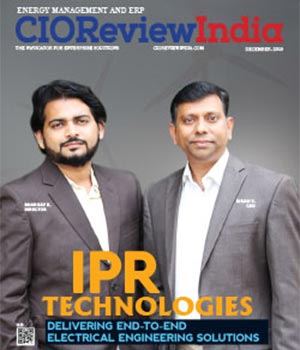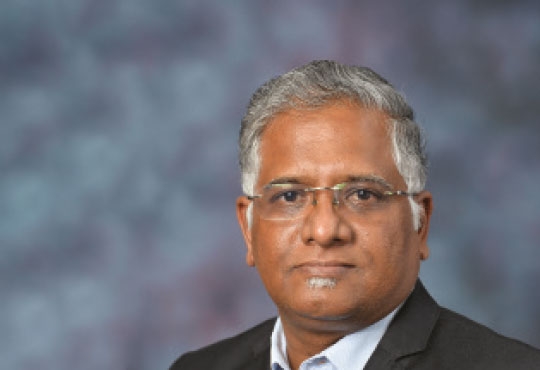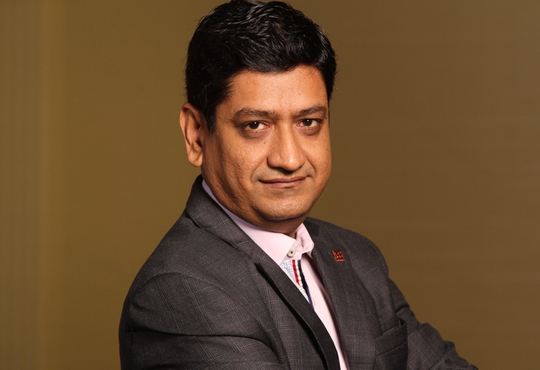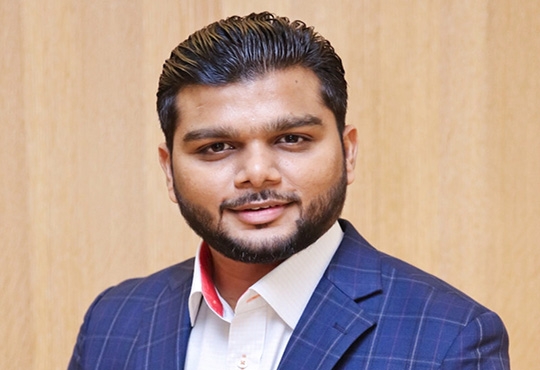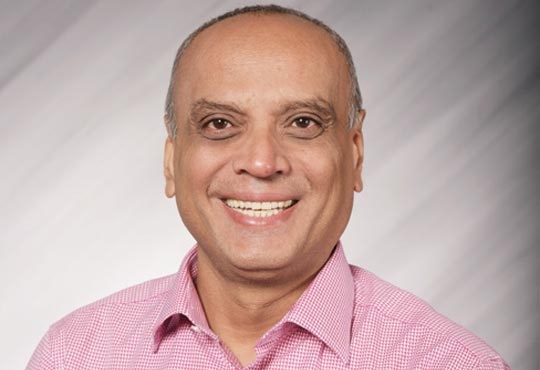Power And Water Nexus Central To Data Center Sustainability
Harry Harri, Associate Vice President, Management Consulting, Asia, Black and Veatch | Tuesday, 07 January 2020, 08:43 IST
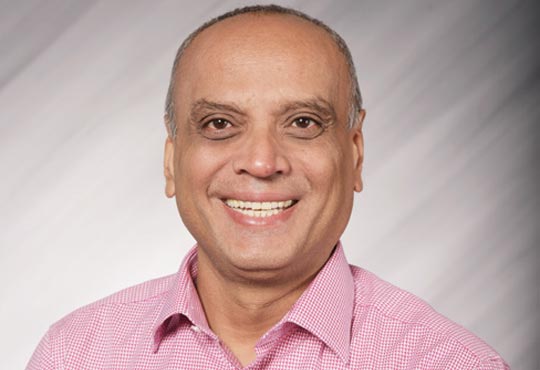 India is Asia’s second fastest growing data center market. Investment in Indian data centers is projected to reach $7bn in the next three years, with the country’s data center market forecast to see a compound annual growth rate of 11.4 per cent till 2022. The growth is driven by high current levels of demand, coupled to significant growth forecast for the short and medium terms – driven by growth in data and digital intelligent devices and digitalization.
India is Asia’s second fastest growing data center market. Investment in Indian data centers is projected to reach $7bn in the next three years, with the country’s data center market forecast to see a compound annual growth rate of 11.4 per cent till 2022. The growth is driven by high current levels of demand, coupled to significant growth forecast for the short and medium terms – driven by growth in data and digital intelligent devices and digitalization.
Another driver is localization, or data sovereignty laws. Many Asian countries mandate that government data should reside in data centers within their borders. Where this is not currently the case, localization is likely in the short to medium term. It has been suggested that to reach the demand required to meet India’s localization laws data center capacity will need to grow by at least 15 times its current levels during the next 7 to 8 years. This growth will be primarily for local cloud data centers.
For developing markets like India, Indonesia - and to a lesser extent China - government initiatives to ensure digitally-enabled populations will also have a significant effect. As well as the needs of commercial customers and the telecoms companies, government programmes such as the Smart Cities Mission and Digital India are driving domestic demand. In developing markets electrification programmes will also be a stimulus as the use of digital devices becomes more common.
“High-speed, low latency network connections and the low cost to move big data is as important as reliable power and available land for the data center owner/operator”
Uninterrupted service is at the heart of successful data center services. To provide uninterrupted, reliable services data centers require uninterrupted, reliable sources of power. Data centers consume significant amounts of electricity, which accounts for circa 40 percent of their operating costs. Anders Andrae, Senior Expert - Life Cycle Assessment at Huawei, predicts that by 2025 data centers will account for 4.5 percent of the world’s energy consumption.
Renewable energy can make a significant contribution to data center operators’ energy needs. Google, one of the largest data center operators, has achieved its goal of ensuring the company’s total purchase of energy from renewable sources exceeded the amount of electricity used. To achieve this Google buys renewable energy credits to offset its carbon footprint, the company does not actually build and use renewable resources for all of its data centers. Facebook, on the other hand, has fewer data centers and is primarily using renewable energy.
Using renewable energy is one way in which major corporations can demonstrate sound corporate stewardship. High renewable energy targets, however, can be especially challenging for data center operators in Indonesia and India, where coal remains the primary baseload feedstock. In developing Asian markets with unreliable power supplies, investing in their own renewable energy resources and onsite generation – including microgrids - offers data center operators greater energy reliability and independence.
Renewable energy sources alone, however, may not provide sufficient energy - or sufficiently consistent energy - to ensure a data center’s uninterrupted and reliable operation. Thus it is not uncommon for data centers to have hybrid power supplies incorporating multiple sources of renewable power – wind and solar for instance – coupled to battery storage, and augmented by conventional power generation – often fuelled with natural gas.
The largest energy requirement is for cooling. To operate reliably data centers require a stable temperature consistent with American Society of Heating, Refrigerating and Air Conditioning Engineers guidelines and/or original equipment manufacturer recommended operating temperatures. The high ambient temperatures and humidity in many Asian countries present a challenge to data center operators, and may preclude the use of mechanical systems such as adiabatic cooling in favour of more traditional mechanical systems such as chilled water.
Renewable energy is not the only sustainability consideration facing data center developers and operators. A reliable supply of high quality water is vital for data center cooling systems. A reliable water supply, of predictable quality, is also vital indirectly; because water is a vital component of most baseload power generation. The water consumed directly at US data centers, and the water used to generate the electricity that powers them, is expected to reach 660 billion litres by 2020.
In India, where pressures upon water resouces present a growing challenge in many regions, the issue of water is something that needs to be given full consideration in a data center project. ST Telemedia, for instance, has installed rainwater harvesting systems on many of its data centers. In addition the company says that by treating and re-using blow down water from chillers, it is saving more than 336 kilolitres of water per annum.
High-speed, low latency network connections and the low cost to move big data is as important as reliable power and available land for the data center owner/operator. Connection to undersea fibre optic cable systems is also very important in a global digital economy.
In India, this nexus of reliable power and water supplies – and good connectivity - is not always readily available to data center developers. For investors, owners and operators to achieve speed to value, therefore, they should look for delivery partners with proven expertise in each of these individual disciplines and – perhaps most vitally – demonstrable expertise in their efficient integration.
CIO Viewpoint
ERP Systems Evolving to Improve Business Agility
By Abhrasnata Das
Transforming Manufacturing by Creating a...
By Thiagarajan N, Director IT at IMI Critical Engineering
How Reliance Entertainment leverages SMAC and...
By Sayed Peerzade, Group CIO, Reliance Big Entertainment & Reliance Entertainment - Digital
CXO Insights
Hit Reset with Technology as the Trusted Advisor
By Guruprasad Gaonkar, APAC SaaS Leader - Office of Finance (ERP) & Digital Supply Chain, Oracle
ERP Implementation: The Pitfalls to Avoid
By By Navjot Singh Sidana, General Manager – ERP, Delhi Integrated Multi-Modal Transit System (DIMTS) Ltd.
Power And Water Nexus Central To Data Center...


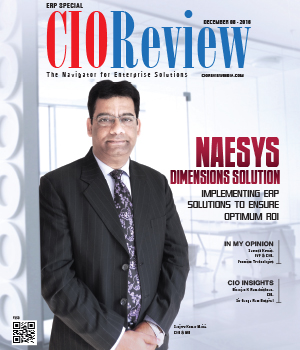
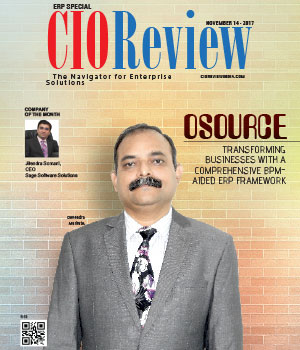
.jpg)
